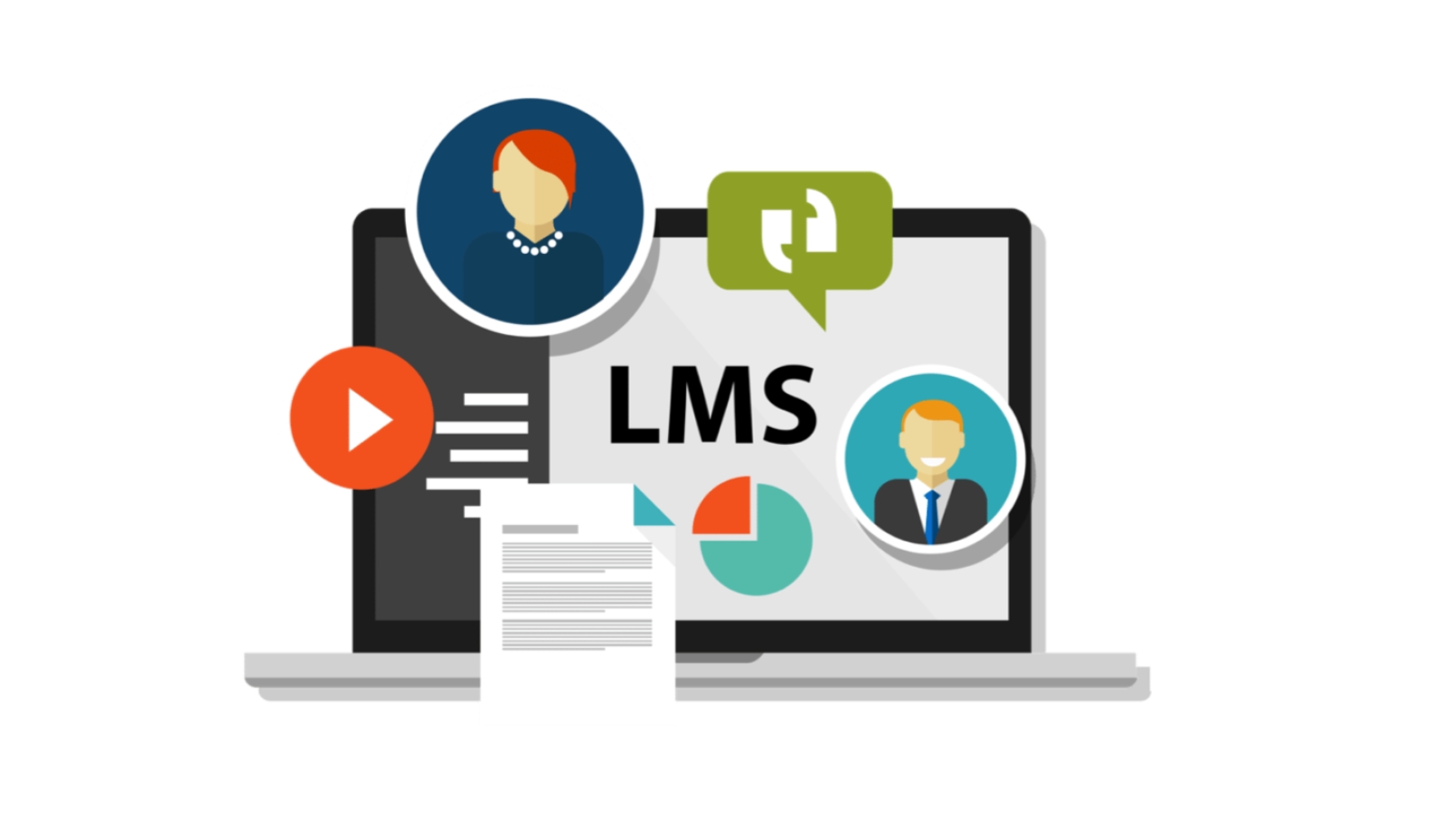Welcome to an exploration of the vital role that transparent communication plays within the workplace.
In this insightful piece, we delve into the reasons why fostering an environment of openness and honesty is absolutely crucial for success.
Discover how transparent communication cultivates trust, fosters collaboration, and empowers individuals to perform at their best.
Join us as we uncover the transformative power of transparent communication in the workplace and its profound impact on organizational culture and productivity.
What Is Transparent Communication In The Workplace?

In a comprehensive study by IBM, which examined the viewpoints of more than 1,700 CEOs across 64 countries and 18 industries, a noteworthy discovery emerged.
Transparent communication in the workplace refers to the act of openly sharing information, ideas, and feedback without concealing important details or promoting hidden agendas.
It involves creating an atmosphere where employees feel encouraged to express their thoughts, concerns, and perspectives honestly.
Moreover, it emphasizes authenticity, integrity, and clarity, establishing a foundation of trust and openness within the organization.
By promoting such communication, workplaces can foster better collaboration, increase employee engagement, and improve overall productivity.
Importance Of Transparent Communication

Transparent communication plays a pivotal role in the success and effectiveness of any workplace.
Here are several key reasons why this type of communication is of utmost importance:
1. Building Trust
It cultivates trust among employees, teams, and leaders.
When information is shared openly and honestly, it creates an atmosphere of credibility and reliability.
Employees feel valued and respected when they are kept informed about important matters, leading to stronger bonds and trust within the organization.
2. Fostering Collaboration
It encourages collaboration and teamwork.
When individuals have access to information, they can make well-informed decisions and contribute effectively to team projects.
Openly sharing ideas and feedback promotes a culture of collaboration, allowing employees to work together towards common goals and find innovative solutions.
Elevated communication levels in the workplace have a profound impact on enhancing collaboration, especially in hybrid and remote work environments.
3. Enhancing Problem-Solving
It enables efficient problem-solving.
When issues are openly discussed, employees can contribute their perspectives, expertise, and potential solutions.
This open dialogue facilitates a more comprehensive understanding of problems and promotes collective brainstorming, leading to effective problem resolution.
4. Improving Employee Engagement
It positively impacts employee engagement.
When employees are kept informed about company updates, goals, and strategies, they feel connected to the organization's vision and purpose.
Open communication also involves active listening and providing opportunities for employee input, empowering them and making them feel valued, thereby enhancing their engagement and commitment.
5. Encouraging Innovation
It supports a culture of innovation.
When employees are encouraged to share their ideas, even if they challenge the status quo, it sparks creativity and promotes continuous improvement.
Open communication channels allow for the exchange of diverse perspectives, fostering a fertile ground for innovative thinking and growth.
6. Preventing Rumors And Misinformation
It helps combat rumors and misinformation.
When information is shared openly, it reduces the likelihood of employees speculating or spreading inaccurate information.
Clear and timely communication ensures that everyone has access to accurate details, reducing confusion and maintaining a positive work environment.
7. Strengthening Leadership
It enhances leadership effectiveness. Leaders who communicate openly and honestly build credibility and trust among their team members.
By setting an example of communication that is transparent, leaders create an environment where employees feel comfortable voicing their concerns, seeking guidance, and collaborating, ultimately strengthening their leadership capabilities.
In summary, transparent communication is vital for building trust, fostering collaboration, enhancing problem-solving, improving employee engagement, encouraging innovation, preventing rumors, and strengthening leadership.
By prioritizing it, organizations can create a positive and productive work environment that empowers employees and drives overall success.
Transparent Communication Examples

This type of communication can take various forms in the workplace.
Here are some of the effective transparent communication examples:
1. Open And Regular Team Meetings
Holding regular team meetings where information is shared openly can foster transparency.
In these meetings, leaders can provide updates on company goals, projects, and challenges.
They can also encourage employees to ask questions, share their progress, and provide feedback.
This open forum allows individuals to communicate transparently, ensuring that everyone is on the same page and has access to important information.
2. Transparent Performance Feedback
Providing clear and constructive feedback is crucial to communicate transparently.
Managers should have open and honest conversations with their employees about their performance, strengths, and areas for improvement.
By offering specific examples and actionable suggestions, managers can help employees understand their progress, align expectations, and facilitate professional growth.
3. Transparent Decision-making Processes
Involving employees in decision-making processes promotes transparency.
Leaders can communicate the reasons behind decisions, share relevant information, and seek input from team members.
This approach helps employees understand the rationale behind choices and feel valued as active contributors to the decision-making process.
4. Open-door Policy
Implementing an open-door policy encourages communication between employees and leaders.
This policy means that employees can approach their managers or higher-level executives with questions, concerns, or suggestions at any time.
It creates an environment where open dialogue is encouraged, and employees feel comfortable voicing their opinions or seeking guidance.
5. Transparent Internal Communication Channels
Establishing transparent internal communication channels, such as intranets, collaboration tools, or email updates, helps disseminate information efficiently and consistently across the organization.
These platforms can be used to share company-wide announcements, policy changes, and updates on projects or initiatives.
By ensuring that information is easily accessible to all employees, transparency in communication is facilitated.
6. Town Hall Meetings
Holding town hall meetings or all-hand meetings is an effective way to promote communication.
During these sessions, leaders address the entire organization, sharing updates, goals, and future plans.
Employees are encouraged to ask questions, share concerns, and provide feedback, fostering an open and inclusive environment.
7. Transparent Communication During Times Of Change
During periods of change, such as mergers, reorganizations, or significant shifts in strategy, transparency in communication becomes even more critical.
Providing regular updates, explaining the reasons for changes, and addressing employee concerns openly help alleviate uncertainties and build trust.
It's important to note that communication that is transparent should be a consistent practice throughout the organization, not just in specific situations.
By incorporating these examples into daily communication practices, organizations can establish a culture of transparency, trust, and openness, leading to improved collaboration, engagement, and overall success.
Introducing Oreed: Streamline Employee Communication And Training
1. Manage Your Employees With Ease
Experience the simplicity of Oreed, the all-in-one education intelligence platform designed to streamline employee communication and training.
Say goodbye to the confusion of managing multiple platforms.
2. Unlock Enhanced Employee Knowledge
Gain a comprehensive view of your employees with Oreed's 360-degree insights. Understand their needs, strengths, and areas for improvement.
Deliver personalized training that targets specific areas for growth.
3. Measure Training Impact With Precision
Track the effectiveness of your training efforts effortlessly using Oreed's detailed reports and analytics.
Identify areas for improvement and make data-driven decisions to enhance your training strategies.
4. Simplify Processes, Boost Productivity
Bid farewell to juggling multiple platforms.
Oreed simplifies your processes, saving time and resources. Elevate employee engagement, retention, and productivity with a more efficient training program.
Discover the ultimate all-in-one platform for seamless employee communication and training.
Embrace Oreed and revolutionize how you manage and develop your workforce.
So what are you waiting for? Book a demo with Oreed today and find out more about our features.
Promote lifelong learning through Oreed by experiencing the most powerful all-in-one training and development intelligent platform that streamlines all your organization's learning, training, and development activities in one place.
Final Thoughts
Transparent communication is not just a desirable aspect of the workplace; it is an essential ingredient for success.
By fostering a culture of openness, trust, and collaboration, organizations can create an environment where employees feel valued, engaged, and empowered.
It strengthens leadership, improves decision-making, and boosts overall productivity.
Embracing communication that is transparent in the workplace is a transformative step towards creating a thriving and harmonious work environment, where individuals and the organization can reach their full potential.
FAQs
1. Why is transparency crucial?
Transparency is crucial because it establishes trust and credibility within an organization.
When information is openly shared, employees feel valued, respected, and included in the decision-making process.
Such communication ensures that everyone has access to the same information, reducing misunderstandings and promoting a sense of fairness.
It also helps to prevent rumors and gossip from circulating, as accurate information is readily available.
Additionally, transparency promotes accountability, as employees are more likely to take ownership of their actions and outcomes when they understand the rationale behind decisions.
Ultimately, transparency fosters a positive work culture built on trust, collaboration, and integrity.
2. What is the benefit of transparency in the workplace?
The benefits of transparency in the workplace are numerous.
Firstly, it enhances communication and collaboration among employees and teams.
When information is shared openly, it breaks down silos and promotes a free flow of ideas and knowledge.
This leads to improved problem-solving, innovation, and creativity.
Secondly, transparency cultivates a sense of ownership and empowerment among employees.
When they have access to information and understand the organization's goals and strategies, they can align their efforts and make informed decisions.
This increases employee engagement, motivation, and job satisfaction.
Furthermore, transparency improves organizational agility and adaptability, as employees are better equipped to respond to changes and challenges.
Overall, transparency in the workplace creates a positive and productive environment where employees can thrive and contribute to the organization's success.





